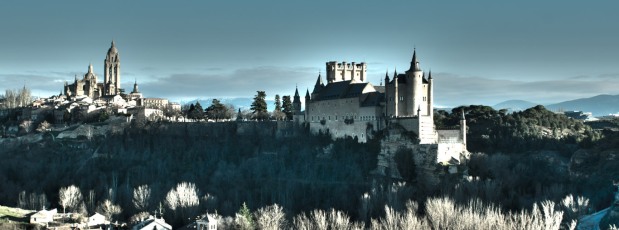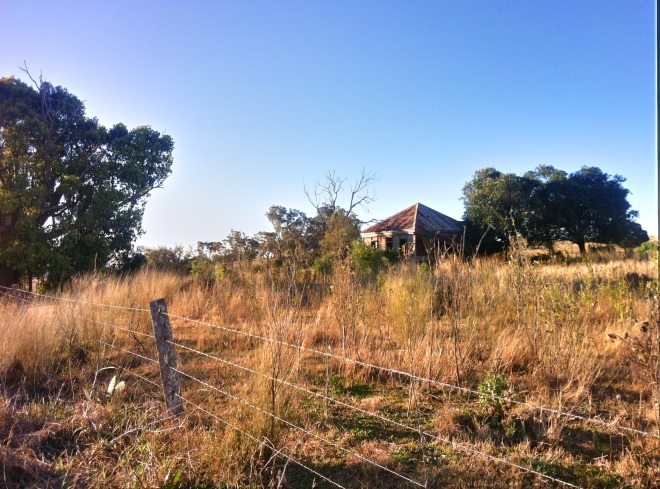
Mars One is a not-for-profit organization whose goal is to establish a human settlement on Mars
Mars One is a not-for-profit organization whose goal is to establish a human settlement on Mars. In January this year they began the selection process for the astronauts who will make the one way journey to establish a human settlement on Mars. The road map has designated 2023 as the year that the first four humans will land on Mars.
Mars One have begun a search to find the best candidates for the ‘next giant leap for mankind’
Although they have not set an upper age limit for the first crews to settle Mars, with my age placing me in my mid fifties at the time of the scheduled first landing, I suspect I may be beyond it.
Even so I have written a short post on the type of person suitable for this one-way journey.

Australian National Maritime Museum
Many humans have travelled to new lands with the intention of never return but there has always been the potential of a return. Even the convicts forcefully transported to Australia in the eighteenth century departed with the dream of one day returning to their homeland, buried deep in their hearts. In contrast the astronauts of the Mars-One missions must be able to embark on the first truly one-way journey in human history. They must choose to severe all physical ties to their past, and everyone they hold dear. But the void this will leave, like the vacuum of space, will be filled by Mars.
Many of the early seafaring peoples left their homelands to travel to new lands, sometimes on voyages of discovery, other times to help build new societies, but there remained always a chance to return. Even the brave ancestors of the Polynesian peoples, floating in the expansive Pacific Ocean in little more than voyaging canoes, would have held tight to a small hope that they could choose to risk a return journey.

COURTESY UNIVERSITY OF HAWAII PRESS Side and top view of an Outrigger canoe from Satawal, Caroline Islands.
A Mars-One astronaut must sacrifice all of this; they must jettison all hope of return. They will never hold the people they love in their arms when they laugh or cry; or hear their footsteps; or begin a journey home to them. They will have to accept that they will be several hundred million kilometres from their loved one’s arms when they exhale their last breath.
Experiences that have been part of human existence for Milena will become foreign to them; walking in the open air, swimming in the ocean, feeling warm, no, hot sun on their face. Even walking in one direction for more than a minute, without a spacesuit, will be many years away from being possible.
When they jettison all of this they will be an empty cup, ready to be filled with everything that is Mars. Apart from gaining 37 minutes and 22 seconds each day, they will participate in the birth of a new society and make a positive influence on its formative years. New experiences await them: learning to eat, drink, and exercise in a new gravity; smell and touch the martial soil and rock; seeing the horizon closer than it has ever been.
They will take their newborn existence, like the dry martian soil, and moisten it with the human spirit to alchemise the raw, unformed clay that will be moulded over many years to become a human Mars.
They will need to be learning creatures, and imbibe the essence of whatever they are charged with learning; much like the properties of some rocks to imbibe fluid, drawing it into themselves. They will need to be writers too, of their experiences and emotions but also of Earth. I feel that the first Martian novel will be of Earth.
Curiosity must drive their behaviour and creativity will be an indispensable element of any of the first Martians but it should not be the bloody minded kind that works in isolation. Any candidate must prove they will be open to the ideas of others and capable of trusting them enough let go of their own. They must be active collaborators and strive to be an enabling ingredient of a team that empowers it to achieve more than the sum of the individual contributions. They will need to let go of old ways with practised ease to release and foster new methods of practise and existence.

English: Mars Terraforming (Photo credit: Wikipedia)
The selection of the first humans to live the remainder of their lives on Mars will be long and exhaustive. The qualities they need to posses such as resilience, trust, curiosity, and ingenuity are also the qualities that will mean these people will have real relationships on Earth that they must physically sacrifice to become the first Martians. They will have to throw the ropes, that physically connect them to earth, into the water just as the ancient mariners did but for them it must be without harbouring any hope of return.
So which of you would take this one way journey to Mars?

HUGE New Gale Crater Panoramas from Curiosity
Associated posts:











